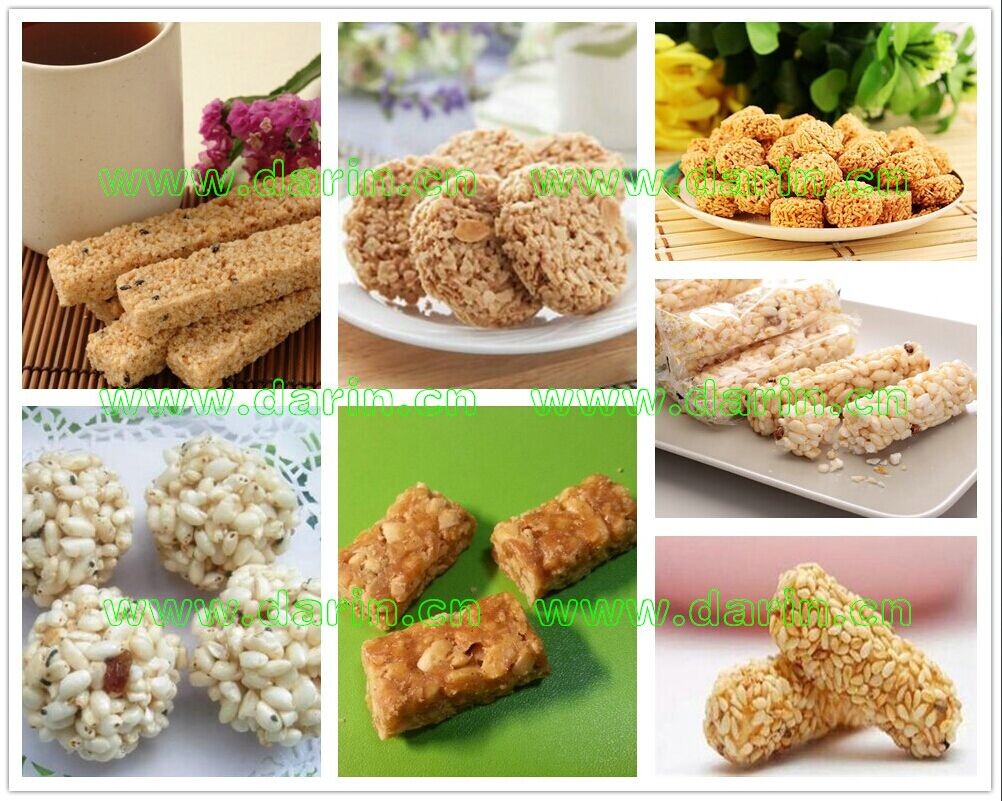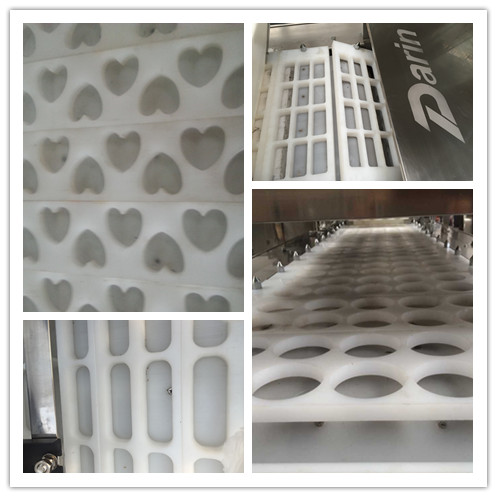Sewage odor removal The odor produced during the operation of the urban sewage treatment plant generally includes fish odor, ammonia odor, rotting odor, rotten egg odor, rotted cabbage odor, fecal odor, and certain odors of certain production effluents. The odor treatment methods include direct incineration, catalyst oxidation, acid and alkali cleaning, odor oxidation, chemical reaction, activated carbon physical adsorption, biological deodorization, and soil deodorization. The following describes several deodorization methods in detail. 1. Soil deodorization: Principles and characteristics Soil deodorization mechanism can be mainly divided into physical adsorption and biodegradation. Water-soluble odorous gases are absorbed and removed by soil moisture, whereas non-soluble odors are physically adsorbed on the soil surface and then are dissolved in the soil. Microbial decomposition The characteristics of soil deodorization method are as follows: 1. The maintenance and management costs are low; the deodorizing effect is equivalent to that of activated carbon; 2. The area is large; 3. It is not suitable for stormy and snowy areas, and high temperature, high humidity and water-containing dust must be pretreated. . The humus soil is the preferred soil indicator for designing soil deodorization. Sub-clay and other red soils need to be blended with chicken manure, garbage, and sludge for improved use, and mineral soils and clays are not suitable for use. Too dry soil needs to be equipped with a water shower. The surface of the soil on which the lawn is planted is kept tilted as a measure to prevent rainstorms Chemical reaction deodorization; chlorine disinfection and deodorization This mechanism is the use of chlorine sterilization to remove organic matter in water, kill algae; disinfection of water to make it a certain amount of chlorine, to ensure the sterilization effect. Take chlorination in the inlet pipe network for pre-sterilization to control odor Biological Deodorization: Working Principle and Packing Selection Biological deodorization principle Biological deodorization is the deodorization of microorganisms on the specific surface area of ​​the carrier material under suitable conditions. The odorous substances are first absorbed by the filler and then oxidatively decomposed by the attached microorganisms on the filler, thereby completing the deodorization process. In order to maintain the high activity of microorganisms, it is necessary to create a good living environment, such as: suitable humidity, pH value, oxygen content, temperature and nutrient content. Activated carbon adsorption deodorization principle: the odor gas through the activated carbon layer, the use of physical adsorption removal; applicable substances: hydrogen sulfide and mercaptans. High-energy ion deodorization working principle High-energy ion purification system is a Swedish high-tech, it can effectively remove bacteria in the air, can inhale particulate matter, sulfides and other harmful substances, its core device ion air purification system working principle is: The indoor ion generator emits high-energy positive and negative ions, which are in contact with organic volatile gas molecules in the indoor air, and open the chemical bonds of the VOC molecules to decompose them into ions. The ions emitted by the ion generator collide with air dust particles and solid particles. It is charged by particles to produce polymerization, and the formed larger particles settle down by their own gravity to achieve the purpose of purification; the emitted ions can also interact with indoor static electricity, odor, etc., and at the same time effectively destroy the living environment of bacteria in the air and reduce the indoor Concentration of bacteria and eliminate it completely. The high-energy ion purification system is mainly used in hospitals, offices, and public halls in Europe. In recent years, it has been gradually developed to be applied to the deodorization of sewage plants and sewage lift pumps.
Cereal Bar Machine is used to produce cereal bar, muesli bar, muesli bar, and other snacks bar. The shapes and sizes can be various by changing the molds, like square, round, ball, triangle, heart, etc.
1. The shapes can be round, cylindrical, square, semi round, triangular and blossom, etc.
2. Mechanical pressing & rubbing, does not hurt nuts, without waste.
3.Mechanical driving, accuracy positioning, upper and nether moulds tight fit, makes super cereal bar shaping.
4.Using high performance frequency inverter, easy adjust speed, high efficiency, it can produce 24-hour continuously.
5. Moulds and hopper are both non-sticky processed. All the parts may contacts food are all non-toxic material, oil and high temperature resistance.
6. Cooling conveyer can be customized as demand.
Cereal Bar Machine Cereal Bar Machine,Cereal Bar Production Line,Cereal Bar Forming Machine,Cereal Making Machine Jinan Darin Machinery Co., Ltd. , https://www.globaldarin.com

